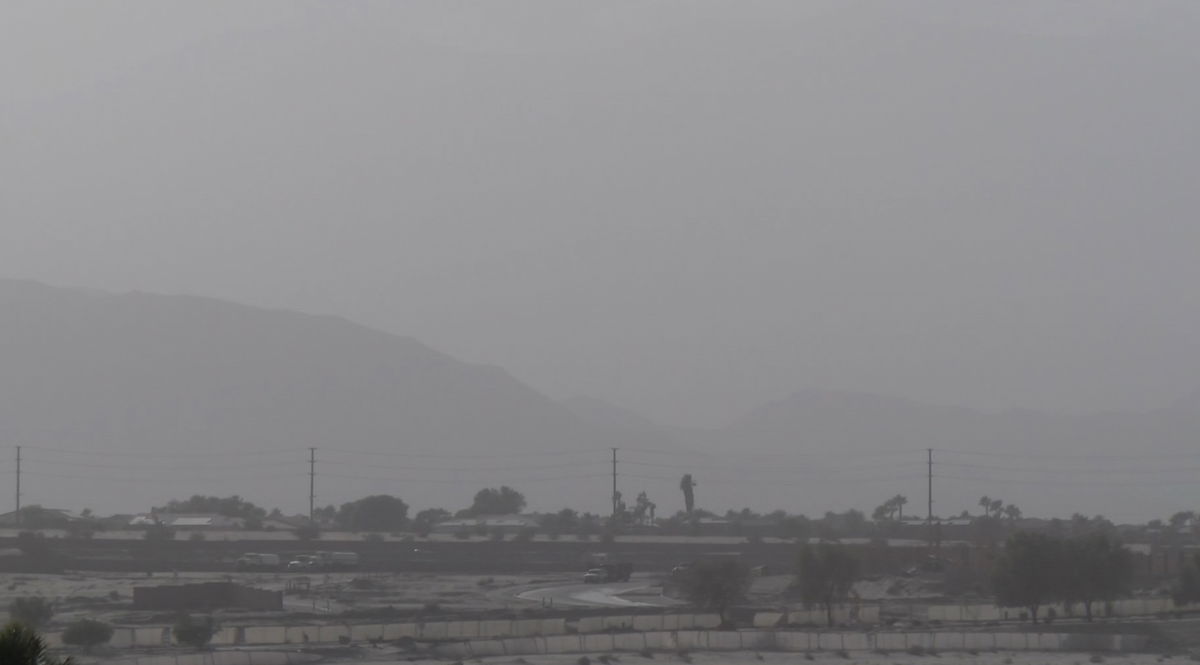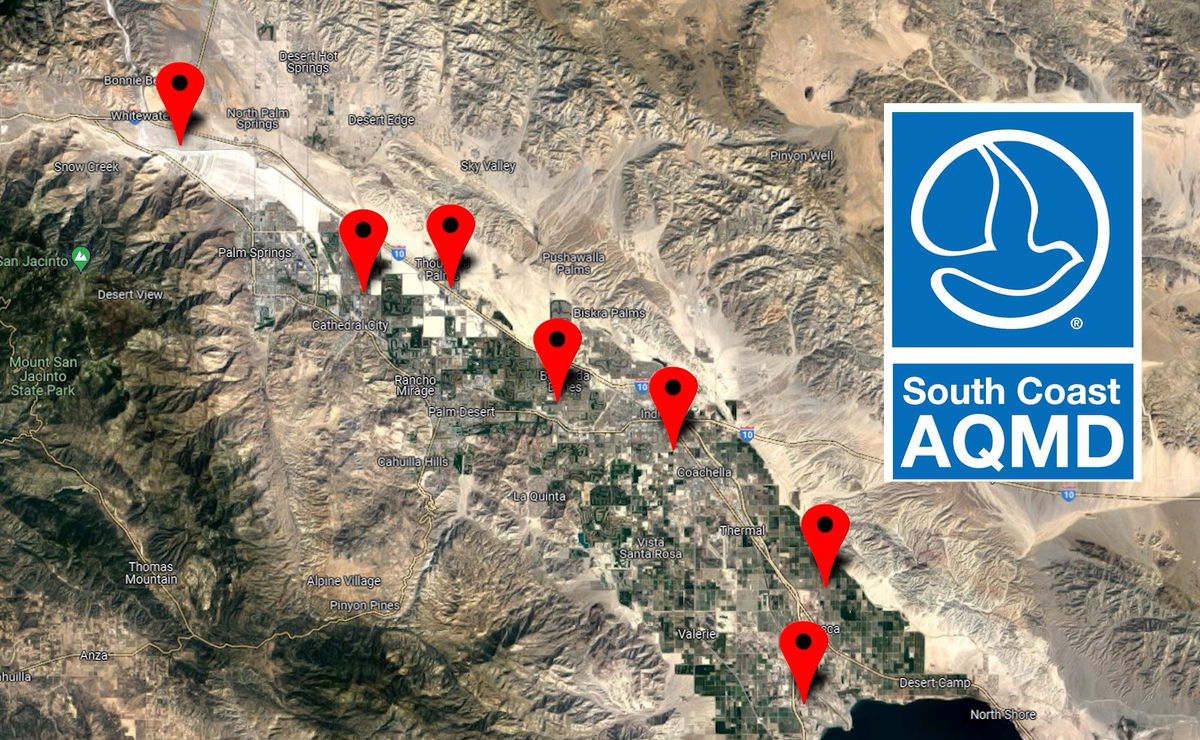A year after Hilary: What’s being done to clear the Coachella Valley’s wind-blown dust concerns?
Local leaders are concerned about a deterioration in Coachella Valley air quality following Tropical Storm Hilary last August and say they're trying to find long-term dust storm solutions to prevent health and economic damage.

In January, our I-Team report Hazardous Haze revealed growing concerns about the Coachella Valley’s troubled air quality.
The big question then was if our dusty days and blowing clouds of dust would continue. Or if our air quality would slowly return to normal?
As almost any Coachella Valley resident can tell you now it's only gotten worse, especially during our windiest spring and fall months.
“This valley was choked with air quality problems," said Coachella Valley Association of Government’s Tom Kirk who added, "It was very different from past years.”
Jeff Stahl met with Kirk who's currently heading regional efforts to improve our air quality concerns raised by all the dust in the air. He says everyone in the Coachella Valley now agrees our air has gotten worse post-Hilary.
“We all agree. The air district doesn’t,” Kirk said.
50 local leaders signed a June letter urgently requesting the South Coast Air Quality Management District take immediate steps to better identify dust sources and create a plan to address them. This is after SCAQMD representatives stated their belief that our air quality has returned to normal following the August storm.
“They may be looking at things one way, but trust me," Kirk said, "our eyes and lungs are seeing it very differently.”
John White's The Power of Water I-Team investigation revealed last September that the August storm carried huge amounts of mud into the Whitewater wash. Much of it settled in the low area between Indian Canyon Drive and Gene Autry Trail. It's one of the windiest areas in the world.
A wind farm developer, Mikael Jakobsson said, “There’s a reason for those wind turbines being in that pass and it’s because of that unique wind.”
Jakobsson is an expert in wind turbine installations and technology and has worked with wind farms here in the desert. He says he believes channeling the Whitewater River could be a long-term fix by limiting where mudflows.
“You can control it and lead it away from that windy area," Jakobsson said adding, "I think that would allow us to not be exposed to the big dust problem.”

Jakobsson describes a 13-and-a-half-mile-long channel that would run from Whitewater Canyon south and to the east to Ramon Road where it narrows to its current channel design.
I shared that idea with Kirk who said that, at least in this storm, Jakobsson's idea would not have helped.
“All *this* mud is from the north crossing the freeway from Mission Creek," Kirk said showing how it was deposited in the wash area between Indian Canyon Drive and Palm Drive-Gene Autry.

Kirk says SCAQMD has done some work in expanding its formal and informal networks of air quality monitoring sites around the desert but wants more.
“They have close to 500 people that focus on air quality every day," Kirk said adding, "We don’t have any in the Coachella Valley.”
Jeff Stahl and News Channel 3 are still working to get responses to that concern and will show you what's being done to clear our skies of blowing dust concerns before the seasonal winds kick in again ahead of our upcoming fall windy season.
See what's being done to reduce the blowing dust in our upcoming News Channel 3 special Hilary Aftermath: One Year Later airing Tuesday, August 20 at 6:30 p.m. on KESQ.




